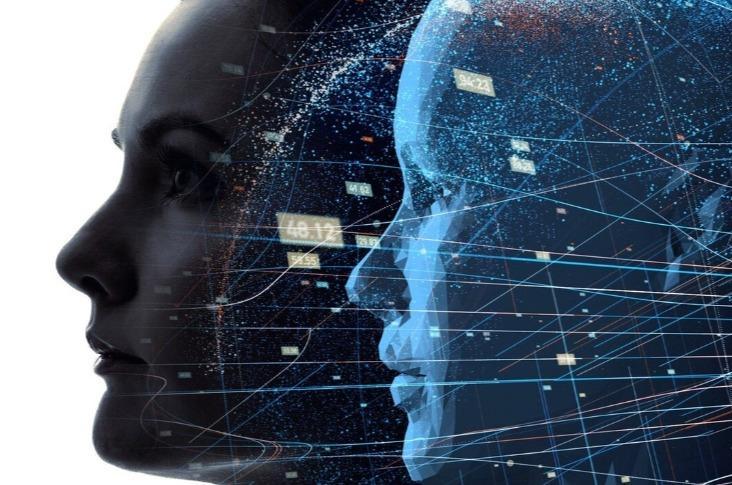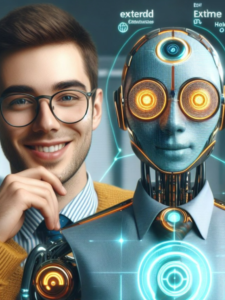Introduction
OpenAI, the company known for its development of powerful artificial intelligence systems such as GPT, is reportedly making a significant shift in its corporate structure. According to recent reports, OpenAI plans to remove its non-profit control and provide Sam Altman, its CEO, with equity. This move could redefine the future of the organization, with implications on its mission, governance, and overall market influence. In this blog post, we will explore the context behind OpenAI’s organizational structure, the reasons behind this change, and its potential consequences.
1. OpenAI’s Background and Mission
a. The Foundation as a Non-Profit
Founded in 2015, OpenAI began with the goal of ensuring artificial general intelligence (AGI) benefits all of humanity. Initially structured as a non-profit organization, OpenAI aimed to focus on ethical AI development, free from the constraints of profit-driven incentives. This allowed it to work on long-term research rather than short-term financial gain.
b. OpenAI’s Shift to a Hybrid Model
In 2019, OpenAI transitioned to a hybrid model, establishing OpenAI LP, a for-profit subsidiary under the control of OpenAI Nonprofit. This new entity was termed a “capped-profit” company, where profits would be limited, allowing investors to earn returns up to a specific limit while still adhering to OpenAI’s founding mission of ensuring that AGI serves humanity’s best interests.

2. The Reported Shift: Removing Non-Profit Control
a. The Non-Profit’s Role in Governance
Up until now, OpenAI Nonprofit has had control over the decision-making process at OpenAI LP. This governance structure was designed to keep the company’s operations aligned with its ethical commitments. However, according to reports, OpenAI is considering removing this non-profit control, which could signal a fundamental change in how the company operates.
b. Introduction of Sam Altman’s Equity
The decision to give Sam Altman equity marks a departure from the current leadership model. As a leader, Altman has played a pivotal role in guiding OpenAI’s research and commercial strategies, and providing him with equity would align his financial incentives with the company’s commercial growth.
3. Why Is OpenAI Making This Move?
a. Increased Investment and Profitability
As OpenAI’s models like ChatGPT and GPT-4 have gained widespread adoption, the organization’s financial prospects have skyrocketed. Offering equity to key leaders like Sam Altman may be a strategy to retain talent and incentivize growth. The shift from non-profit control to a more traditional for-profit structure can attract more investments as companies and investors seek greater returns from OpenAI’s profitable products and services.
b. Scaling AI Development
OpenAI’s development of large-scale AI systems, such as GPT models, requires significant financial resources. Moving away from non-profit control and aligning with for-profit interests might be a way to secure additional funding and investment needed to scale operations and compete with tech giants like Google and Microsoft.
c. Competitive Pressure
With increasing competition from major players in the AI industry, OpenAI may feel pressure to shift toward a more flexible corporate structure that allows for faster decision-making and more aggressive market strategies. The equity model could make OpenAI more competitive in hiring top talent and retaining key individuals, ensuring that the company stays ahead in AI innovation.
4. Potential Impact of This Change
a. For OpenAI’s Mission
This shift raises questions about whether OpenAI can continue to uphold its original mission to develop AI in a way that benefits humanity. Removing non-profit oversight could allow commercial interests to steer OpenAI’s direction more than before, potentially compromising ethical considerations in pursuit of profit.
b. Implications for AI Governance
As AI grows more powerful, ethical governance becomes increasingly important. Without the non-profit’s oversight, OpenAI may face challenges in balancing profit-driven decisions with the ethical responsibility of ensuring AI safety and fairness. Critics may worry that the shift could undermine OpenAI’s long-standing commitment to transparency and collaboration in AI development.
c. Market Position and Competitiveness
OpenAI has already established itself as one of the leaders in the AI space, with products like GPT-4, Codex, and DALL·E becoming household names. The introduction of equity could drive OpenAI to become more aggressive in the market, accelerating its development cycle and possibly expanding its offerings. However, this move could also attract criticism, especially if OpenAI veers too far from its ethical roots.
d. Impacts on AI Regulation
As OpenAI increases its commercial focus, governments and regulatory bodies may need to pay closer attention to how it operates. With a shift away from non-profit control, there may be increased calls for regulation to ensure that AI systems remain safe and accountable to the public.
5. Challenges and Criticisms
a. Ethical Concerns
Many critics are concerned that removing non-profit control and giving equity to leadership figures like Sam Altman may create conflicts of interest. While equity might incentivize innovation, it could also lead to prioritizing short-term profits over the long-term safety and ethics of AI. This shift could ultimately challenge the public’s trust in OpenAI’s mission of developing responsible and safe AI.
b. Transparency and Accountability
Another concern is that OpenAI’s shift toward a more profit-driven model could reduce transparency. A non-profit oversight structure typically promotes accountability, ensuring that a company’s actions are aligned with public interests. Without this oversight, there’s a risk that OpenAI could become more secretive in its operations and less willing to engage with the broader AI community.
c. Public Perception
OpenAI’s public image has been largely tied to its ethical stance and mission-driven goals. A move to a more for-profit-focused model could negatively impact how the public views the organization, especially if its actions are perceived as being too focused on financial gain at the expense of ethical AI development.
6. Looking Forward: The Future of OpenAI
a. Balancing Profit and Ethics
As OpenAI navigates this new chapter, one of its biggest challenges will be balancing the need for profitability with its commitment to ethical AI development. Sam Altman’s role in steering the company’s direction, with his new equity stake, will be closely scrutinized. If managed well, this shift could allow OpenAI to continue innovating while still remaining true to its mission.
b. The Role of AI in Society
Regardless of its internal corporate changes, OpenAI remains a major player in shaping the future of AI. The success or failure of this transition will likely have broader implications for the AI industry as a whole. It may inspire other AI-focused organizations to rethink their own structures, potentially leading to a shift in how AI development is approached globally.
Conclusion
The potential move by OpenAI to remove non-profit control and provide equity to Sam Altman represents a significant turning point in the company’s history. While it could drive innovation and attract more investment, the decision also brings forth a range of ethical concerns. Balancing commercial success with responsible AI development will be key to ensuring that OpenAI continues to fulfill its mission of benefiting humanity. As AI technologies become increasingly integrated into our daily lives, the world will be watching closely to see how OpenAI manages this delicate balancing act.
This change at OpenAI serves as a reminder of the importance of ethical governance in the AI industry. Whether or not OpenAI successfully navigates these new challenges will be pivotal, not only for its future but also for the future of AI as a whole.







